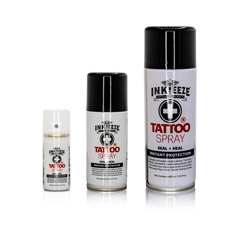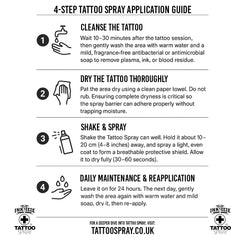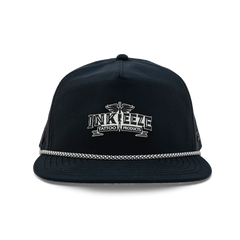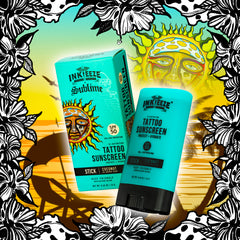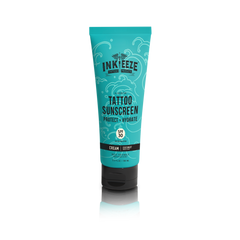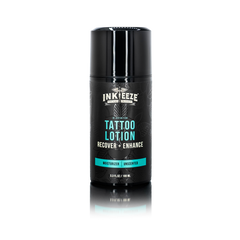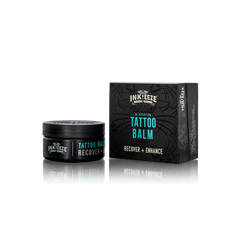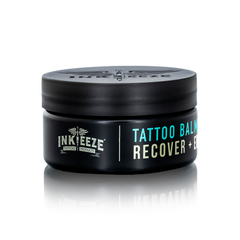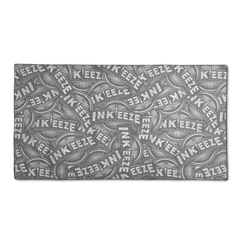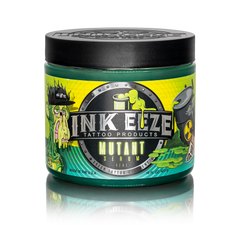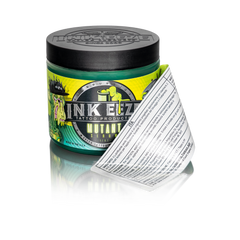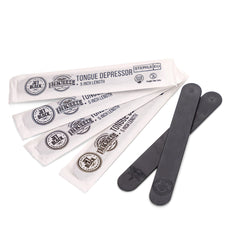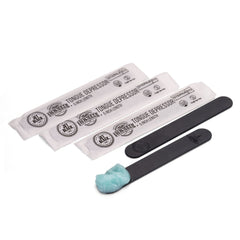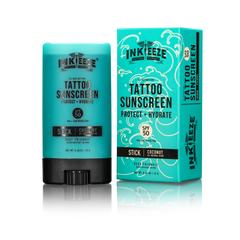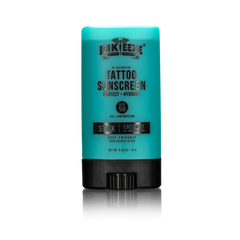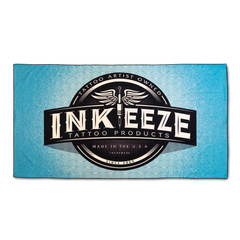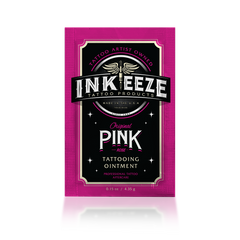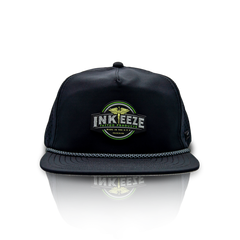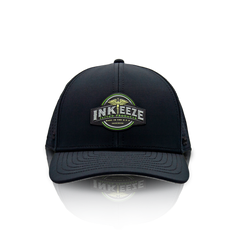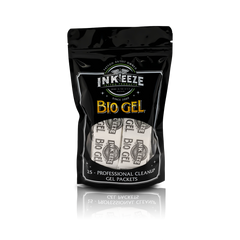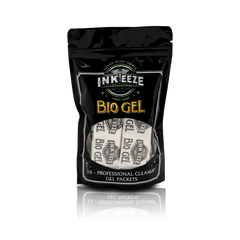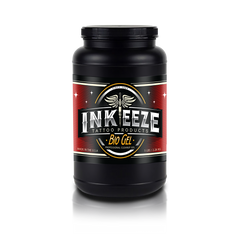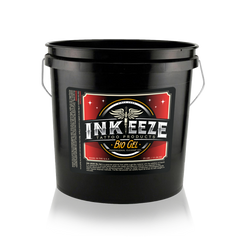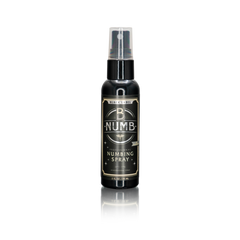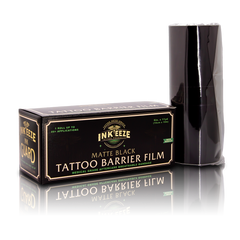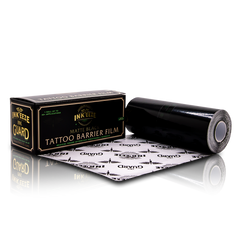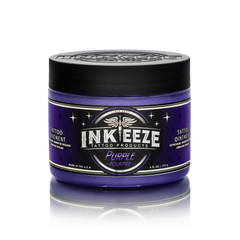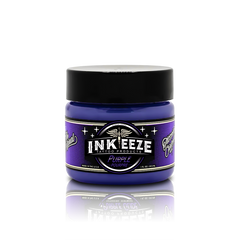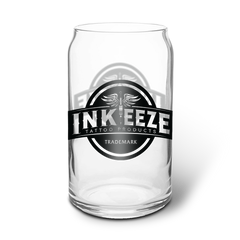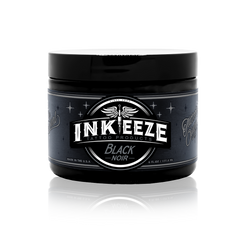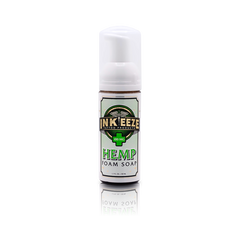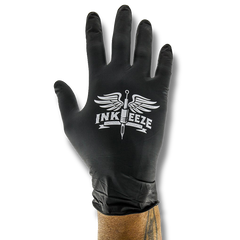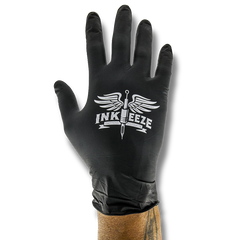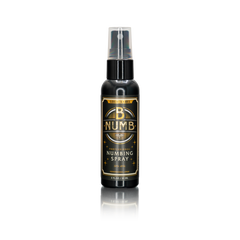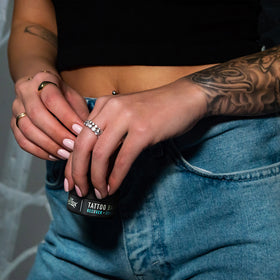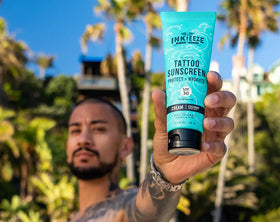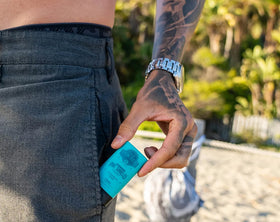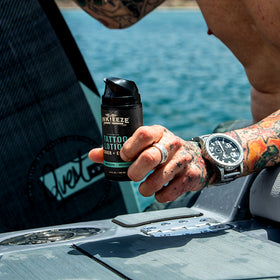Getting a tattoo is certainly an epic life moment, but sometimes, even after taking all the proper tattoo aftercare measures, your tattoo may show some kind of redness or itchiness or may even ooze some fluid. These symptoms can sometimes indicate tattoo rashes. Tattoo rashes are never supposed to be ignored. Some of the causes and treatments of tattoo rashes are described below.
What are tattoo rashes?
Once you get a tattoo, it is quite normal to have some itchiness, swelling, or redness. It is nothing but the body’s immune system’s response against tattoo ink injected into the skin. It is likely to be subsided within a few days or weeks. But if symptoms such as bumpy rashes, pimples, blisters, scaly patches, and crusts, persist to become even more severe, it could be a matter of concern. If it becomes more severe, you might experience a prolonged burning sensation, severe pain, stomach ache, dizziness, shortness of breath.
Causes of tattoo rashes
It is important to make sure that you give your tattoo love so it can have a healthy recovery process. Proper hygiene of the tattoo can make it last longer and can help to prevent rashes, and you should always use a tattoo specific foam soap to be sure you don't damage your new ink!. However, even with the right products it’s still possible to develop tattoo rashes for the below-described reasons:
- You are allergic to tattoo ink
Most of the tattoo ink contains several pigments derived from metal salts. If you are likely to develop some kind of allergy to colored inks, you may develop rashes. Red ink is basically associated with tattoo rashes. Few people may even develop these rashes after joint replacement surgeries or retroviral therapy. However, you are always supposed to follow Tattoo aftercare in order to minimize the chances of developing tattoo rashes.
- Infection
Infection is another prevalent reason for which you might experience tattoo rashes. If inking tools and equipment gets contaminated or the used water is not sterilized, then it is to lead to infection. The inking process breaks the skin’s barrier, which makes it easy for germs to enter inside and creates the infection. Therefore, infection is really regarded as one of the most common causes to create tattoo rashes in which bumps or some scaling of tattoo happen. Proper
- Photosensitivity
If your skin happens to be very sensitive to sunlight, then there could be rashes or redness at the exposure to sunlight. In this regard, the yellow ink of the tattoo may pose the most risk as it could cause rashes. This color contains cadmium sulphide that is basically responsible for allergic reactions. On the other hand, black, blue, or red may also create rashes for photo-sensitive skin. Tattoo rashes may occur immediately after getting a tattoo, or it may take some time. Not even good Tattoo Aftercare can prevent it if your skin is photosensitive.
- Predisposed to the skin conditions
Inking can create several skin conditions like sarcoidosis, vitiligo, eczema. If you are already predisposed to such skin issues, you are highly likely to develop tattoo rashes. Inking punctures your skin which usually enhances the chances of getting rashes. It may take several days or more to show the rashes.
Reaction to MRI
During the MRI process, it is possible but unlikely, and uncommon to have the tattooed skin burn due to the radio-frequency waves of the MRI. The MRI can create a reaction to the small amounts of metal in the tattoo, which generates heat and can burn the tattooed region. In such cases, one is highly likely to develop tattoo rashes. Hence, it is recommended to stop the MRI process in case some burning sensation is felt inside of the MRI machine.
How are you supposed to get rid of a tattoo rash?
If you get a tattoo rash, it’s important to try and figure out WHY you got that rash in the first place, then of course take care of it. Below are some ways to take care of a tattoo rash.
- Apply some cold compression on the affected region in order to reduce swelling and redness to some extent.
- On the other hand, using some quality unscented moisturizing lotion or tattoo aftercare cream on the tattoo may be beneficial and advantageous.
- You can try over the counter anti-histamine drugs that are also considered to help reduce the flare-ups.
- Anti-viral drugs or antibiotics may also be useful and beneficial.
- If you are developing systemic infections or difficulty in breathing, then visit a professional doctor immediately.
Other tips for preventing rashes
Apart from the above-described measures, you need to take several precautions or preventative measures to avoid a tattoo rash in the first place. Make sure to not scratch, itch, or hit your new tattoo. Moisturizing your tattoo is an important aspect as well. Hence you should know about How often should I moisturize my tattoo. We hope you don’t have a tattoo rash but if you do, just know that it’s extremely common and you’ll most likely be fine after a few days or a week.

